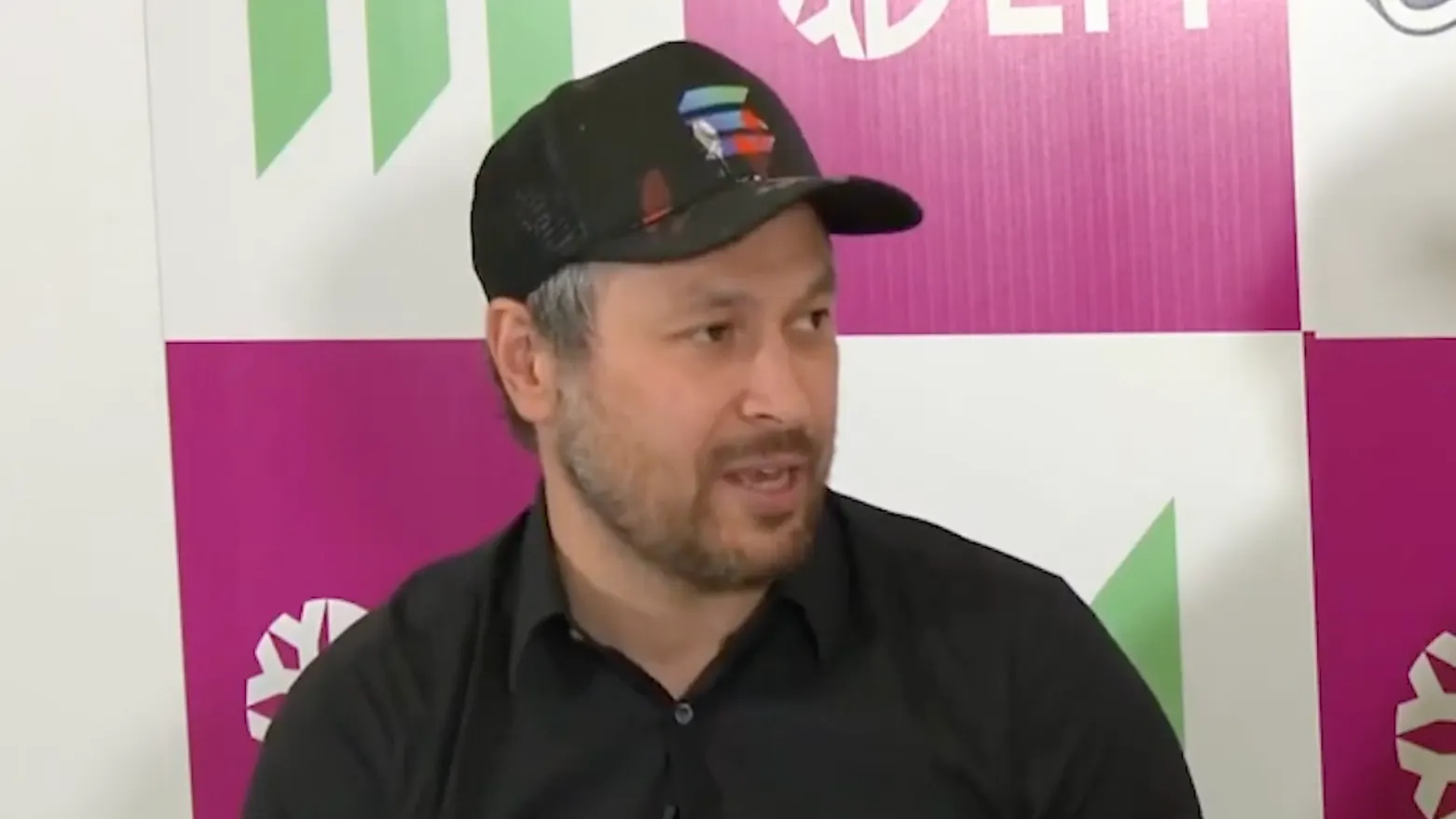Despite certain limitations and potential risks, the idea of using Ethereum (ETH) as a layer-2 for the Solana (SOL) blockchain is not as farfetched as it may seem, according to Anatoly Yakovenko, the co-founder of Solana Labs.
In a series of tweets on Sunday, Yakovenko took a closer look at how such an integration could take shape, suggesting that the technical collaboration, is “probably more likely than you might think at first glance.”
Layer-2 solutions aim to address scalability issues faced by blockchains like Ethereum, which have experienced congestion and high transaction fees during periods of increased activity. Solana, known for its high throughput and low transaction costs, promises a blockchain platform capable of efficiently accommodating various decentralized finance (DeFi) applications.
Pointing out that these scaling solutions “are bridge protocols that provide one-way security,” Yakovenko argues that Ethereum being a layer-2 for Solana would mean that holders of SOL assets on the Ethereum blockchain would have “finality guarantees” of being able to safely exit back to Solana even in cases of transaction double spends or an invalid state transition.
Making this setup work would first require submitting all the Ethereum transactions into Solana, according to Yakovenko, as well as submitting a Simplified Payment Verification (SPV) root for the resulting state—something that would serve as evidence that consensus has been reached among Ethereum validators regarding the state of the network.
Finally, to identify and address possible faults within a bridge protocol, a bridge timeout mechanism will be necessary. Some examples of faults, per Yakovenko, include conflicting SPVs for the root, invalid root computation, and censorship.
Limitations and risks of Solana's ETH-based L2
The Solana Labs co-founder also highlighted the limitations and potential risks associated with this integration, saying that while it would be safe to hold SOL assets on the Ethereum blockchain, it will not be safe “to lend them or maintain positions against them.”
One key risk is the possibility of an Ethereum fault or a contentious social consensus fork within the Ethereum network. In such a scenario, the representations of Solana assets held on Ethereum could become separated from the consensus fork, resulting in a situation where these assets become effectively worthless.
Lending Solana-based USDC, the dollar-pegged stablecoin from Circle, on Ethereum could lead to a situation where the borrower can withdraw the real USDC on the Solana network, while the lender on Ethereum receives a "junk token."
This scenario, argues Yakovenko, is similar to the experience of holding USDC on Ethereum's Proof-of-Work (EthPow) chain, where certain tokens may lose value or functionality due to network issues or changes.
Additionally, the integration of Solana assets on Ethereum may have implications for various DeFi protocols. While central limit order books (CLOBs) would likely remain functional, automated market makers (AMMs), and non-flash loan borrowing and lending protocols could face limitations or challenges, potentially leading to inefficiencies or constraints in liquidity provision and trading.
Yakovenko’s proposal came hot on the heels of Ethereum co-founder Vitalik Buterin lamenting about how U.S. regulators are targeting various crypto projects, including Solana, which the U.S. Securities and Exchange Commission in its recent lawsuit against Binance labeled as unregistered securities.
“They don’t deserve it, and if Ethereum ends up ‘winning’ through all other blockchains getting kicked off exchanges, that’s not an honorable way to win, and in the long term probably isn’t even a victory,” Buterin tweeted last week.
Daily Debrief Newsletter
Start every day with the top news stories right now, plus original features, a podcast, videos and more.

